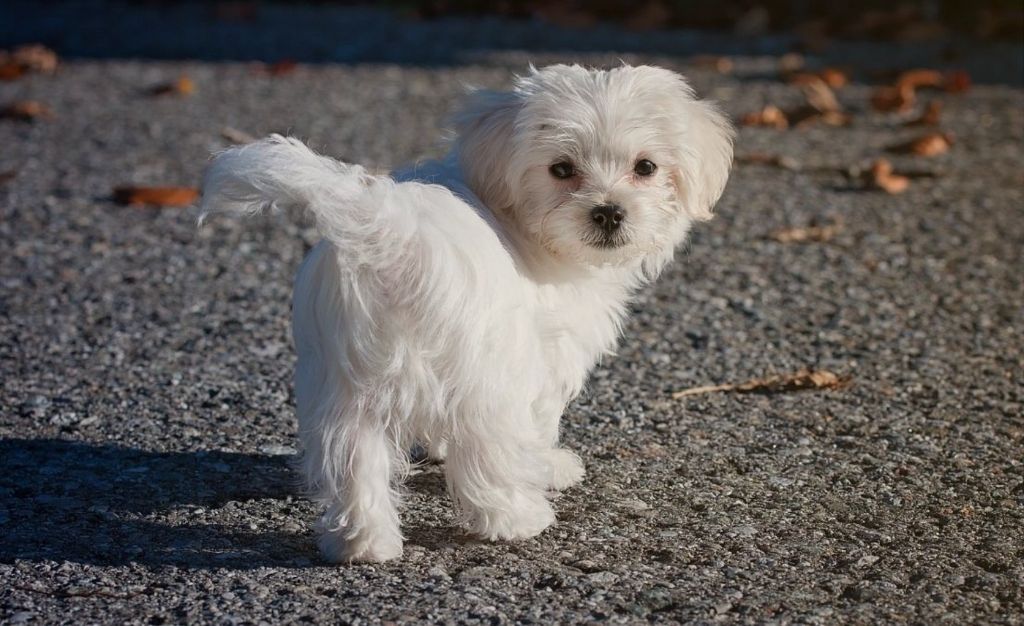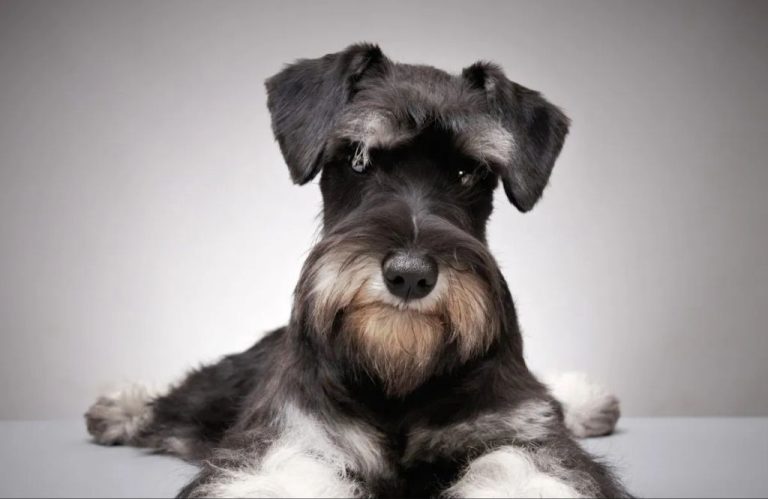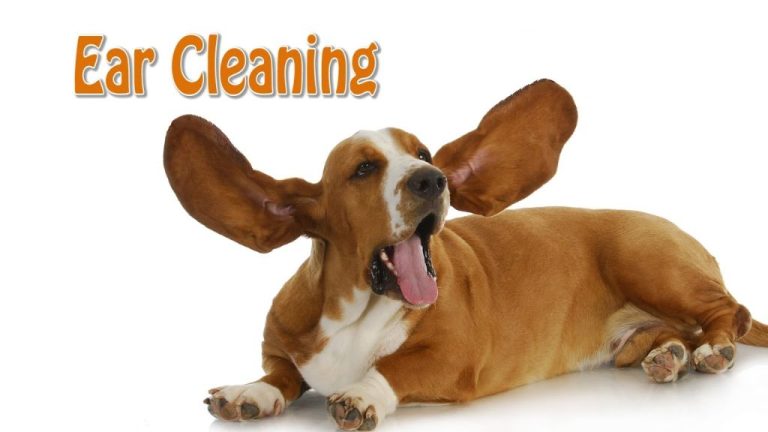Maltese: Understanding The Characteristics Of This Elegant Breed
The Maltese is an ancient breed with origins dating back thousands of years. They are believed to have originated from the Central Mediterranean area, with a history on the island of Malta spanning back to Roman times. The Maltese is one of the oldest toy breeds in existence.
This elegant yet lively little dog stands under 10 inches tall, with long, silky, white hair covering their petite body. Their gentle, affectionate nature made them favored companion dogs amongst nobility in the Middle Ages and Renaissance. Today, the Maltese is still a popular companion pet known for their playful and charming personality.
The Maltese is an active and cheerful small breed that thrives on human interaction. They are incredibly affectionate and loyal pets that form strong bonds with their owners. With minimal shedding and suitability for apartment living, the Maltese makes for a perfect companion for those wanting a sweet, gentle pet.
Origins and History
The origins of the Maltese breed are ancient and somewhat mysterious. Many historians believe the breed originated on the island of Malta in the Mediterranean Sea, where it was developed as a companion dog.
References to small white dogs resembling the Maltese date back over 2,000 years. The ancient Greeks and Romans kept small white dogs that were likely early Maltese. Maltese dog – Wikipedia These elegant little dogs were favored by wealthy women and noble families in southern Europe during the Roman era.
The breed is thought to have been brought to Malta by Phoenician traders around 1500 BC. Malta was an important trading port, so the breed likely had genetic influences from many regions. The dogs became associated with Malta and were named after the island. Maltese Dog Breed | Origin, History, Personality & Care …
During the 15th-17th centuries, Maltese dogs spread across Europe and became popular for their beauty, cheerful temperament and loyalty. They were favored by royal families and the nobility as companion dogs.
Physical Characteristics
Maltese are a small breed, usually weighing between 4-7 pounds and standing 8-10 inches tall. Despite their petite size, they have a sturdy and compact body covered in a beautiful, long, silky white coat.
Their coat is their most defining feature. It hangs nearly floor-length and does not shed if properly cared for. The coat consists of long, straight, dense hair that lies flat against the body. The fur on the head, ears, legs, and tail is shorter. Puppies are born with a black coat that lightens to white as they mature.

While white is the most common and preferred color, some Maltese may have lemon, tan, or apricot markings. Their eyes are round, black or brown, and set in a black rimmed eye socket. They have a cute black nose and heavily feathered, long ears.
The Maltese coat requires daily brushing and combing to prevent tangles and mats. Many owners opt to keep their Maltese in a shorter puppy clip for easier grooming. Without regular haircuts, the long coat will require daily maintenance.
Temperament
Maltese dogs are known for their lively, affectionate, gentle, playful, and eager to please temperaments. They make excellent companion dogs due to their people-oriented nature and get along well with everyone in the family including children, other pets, and strangers (Facts About Maltese Dogs | ASPCA Pet Health Insurance). The Maltese breed tends to be very attached to their owners and family members, often following them around the house and wanting to sit in their laps. They thrive on attention and companionship. Maltese are very intelligent dogs that respond well to positive reinforcement training. Their eagerness to please makes them fairly easy to train. These small dogs have a playful spirit and enjoy playing games like fetch both indoors and outdoors. Despite their diminutive size, Maltese are lively and energetic. They also exhibit low aggression levels and do not tend to be timid or overly nervous. The gentle and sweet natured temperament of the Maltese breed is a key part of their wide-spread popularity.
Grooming
Maltese require extensive grooming to keep their long, silky white coat clean and tangle-free. Daily brushing is a must, using a pin brush and metal comb to gently remove dead hairs and prevent mats. Tear stains under the eyes should be wiped daily to prevent reddish-brown staining. Maltese only need bathing every 1-3 weeks using a mild dog shampoo. Their nails should be clipped regularly, and their eyes and ears cleaned weekly.
Some key grooming tips for Maltese include:
– Brush thoroughly each day, taking extra time to work on mats or tangles.
– Trim hair around eyes and mouth daily to minimize staining.
– Bathe monthly or when needed using a high-quality dog shampoo.
– Trim nails as needed, usually every 2-3 weeks.
– Clean ears weekly with a vet-approved solution.
– Brush teeth regularly to reduce plaque and tartar buildup.
With the proper grooming routine, you can maintain a Maltese’s beautiful white coat and minimize health issues like skin infections. Their hair should never be clipped short except in extreme matting cases. Regular upkeep is key to keeping a Maltese looking and feeling their best.
Exercise & Activity Level
Maltese have relatively low exercise needs compared to other breeds. A couple short daily walks and some playtime indoors are usually sufficient to meet their activity requirements.
According to petmaltese.com, Maltese do best with two walks per day – generally a morning walk and an evening walk. The walks do not need to be long, 10-15 minutes is typically enough. Beyond the walks, Maltese enjoy playing games like fetch indoors.
As maltesedogadvice.com notes, it’s important not to overexercise a Maltese, especially a puppy. Their small size makes them prone to joint issues if overexerted. Keep walks short and allow the Maltese to rest as needed.
Due to their low activity requirements, Maltese adapt well to apartment living. They can get sufficient exercise indoors and with short outdoor walks.
Training
The Maltese is known for being highly intelligent and very responsive to training when it’s done positively and with patience [1]. Their people-pleasing nature makes them eager to learn new behaviors and commands. With positive reinforcement training methods using treats and praise, Maltese can learn a wide variety of tricks and good manners.
However, some Maltese may be more stubborn or challenging to train. Maltese were bred as companion dogs so they can be willful at times. They may require more repetition and persistence during training. Setting a routine, being consistent, and keeping training sessions short and rewarding is key to overcoming any stubbornness. Never use punishment, as it will damage the trust between a Maltese and its owner.
Health
Maltese dogs tend to have good longevity and live 12-15 years on average. However, like all breeds, they are prone to certain health issues that owners should be aware of.
One of the most common health problems in Maltese is luxating patella, which is when the kneecap slides in and out of place. This can cause lameness and arthritis. Maltese are also prone to collapsing trachea, where the windpipe collapses and blocks air flow. This causes coughing and labored breathing. Portosystemic shunt, a liver condition where blood bypasses the liver, can also occur in some Maltese dogs (Source).
In addition, Maltese can be susceptible to various eye disorders like progressive retinal atrophy, cataracts, and glaucoma. Dental issues like overcrowded or misaligned teeth are also fairly common. White Maltese dogs may suffer from deafness if they carry the piebald gene. Epilepsy and hypoglycemia (low blood sugar) can sometimes be seen in the breed too.
There are also some inherited conditions to be aware of when getting a Maltese puppy. Liver shunts, knee problems, hydrocephalus, and certain heart defects can be passed down genetically. That’s why it’s important to buy from a reputable breeder who screens breeding dogs for health issues (Source).
While Maltese are prone to some health problems, most can live long and healthy lives with proper care. Regular vet checkups, exercise, a healthy diet, dental care, and screening tests for breed-specific conditions can help prevent or catch issues early on.
Nutrition
Maltese dogs require a nutritious diet to support their small size and active nature. According to Pet Screening, their diet should consist primarily of high-quality protein sources like chicken, fish, lamb and turkey. Small kibble size is recommended since Maltese have tiny mouths and jaws. It’s important not to overfeed this breed, as obesity can easily become a problem. A typical serving for an adult Maltese is 1/4 to 1/2 cup of food twice per day.
As the AKC notes, Maltese can be prone to hypoglycemia (low blood sugar), so it’s ideal to spread meals out throughout the day. Three small meals per day can help prevent this issue. High-quality dog food labeled for small breeds will provide balanced nutrition. Treats should make up no more than 10% of total calories. It’s also wise to avoid grain-free diets which have been associated with heart disease in small dogs.
According to Everand’s guide on the Maltese breed, table scraps and garbage should not make up any part of a Maltese’s diet. Owners need to be careful not to overindulge these tiny pups. A consistent, measured diet will keep a Maltese at a healthy weight and fuel their lively, playful personality.
Finding a Maltese
For those looking to add a Maltese puppy to their family, finding a reputable breeder is key. Well-bred Maltese puppies from responsible breeders generally cost $2,000-$4,000. Be sure to ask about health testing and look for breeders who screen for health conditions like patellar luxation and genetic eye diseases.
Adopting a Maltese from a rescue group is another great option. Adoption fees typically range from $150-$400. Rescue Maltese are often mixed breeds, adults, or senior dogs. Check local and nationwide Maltese rescues to find your perfect match.
Some additional things to keep in mind when looking for a Maltese:
- Avoid pet stores or online sellers offering Maltese for under $1,000, as these are likely puppy mills.
- Ask to see the parents and breeding facilities.
- Look for breeders who socialize pups and start training early.
- Be prepared to be put on a waitlist, as quality breeders often have high demand.
With some persistence and research, you can find a wonderful Maltese through ethical channels. Patience is key to getting a healthy, well-adjusted furry friend.






